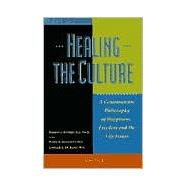Father Spitzer, President of the Magis Institute and former President of Gonzaga University, has been using the principles in this book to educate people of all backgrounds in the philosophy of the pro-life movement. The tremendous positive response he has received inspired him to start the Life Principles Institute. This book is one of the key resources used for this program.
This work effectively draws out the connections between personal attitudes toward happiness and the meaning of life, and the larger cultural issues such as freedom and human rights. Relying on the wisdom of the ages and respecting the human persons' unique capacity for rational analysis, this work offers definitions of the key cultural terms affecting life issues, including Happiness, Success, Love, Suffering, Quality of Life, Ethics, Freedom, Personhood, Human Rights and the Common Good.








